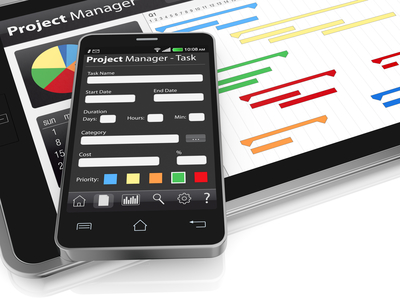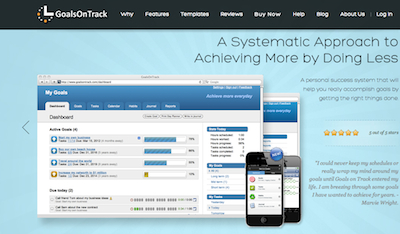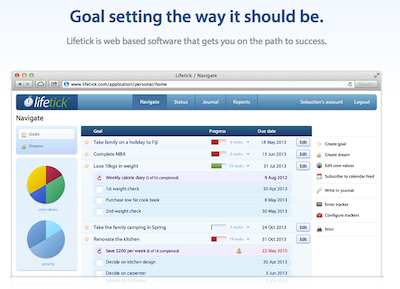Successful people are simply those with successful habits.
~Brian Tracy

You will agree with me that while anyone can be placed in a manager’s position, not everyone can lead a team. You may be good at what you do, but managing a team is a whole different story. There are many factors that must be considered. The good news is you don’t have to rely on inborn traits. You can develop qualities that will take your team to the top, and even take management courses if you find this helpful.
Employees rely on a strong leader to pave the way towards success.
A good leader is crucial to unlocking the potential of the entire team, which leads to overall better productivity and efficiency. You can learn more about Becoming a More Inspirational Leader in our helpful article.
Let’s take a look at some of the habits successful managers possess:
1. Lead by example.
The first and most important characteristic of a successful manager is that they walk their talk. You can’t simply talk about core values, habits, and goals that you expect your employees; you must demonstrate those in order to be taken seriously. You shouldn’t expect your employees to change, unless they see that their managers are doing the same thing.
2. Information sharing.
In times past, managers had access to all the information that was necessary to evolve. They would then delegate tasks based on this information and expect employees to act on them, without asking questions. This is no longer the case today; you as a manager can no longer simply accumulate information. Successful managers make sure that their employees can find the information they need at any time to get their job done.
3. Open communication.
It’s important that your team members feel able to talk to you when they feel that they need to. One good example of this is having an “open door policy”, which removes intimidation and reduces communication barriers. It’s your way of telling your staff that they can talk to you whenever they need to. Listening to what your employees feel will clue you in on ideas or obstacles that you may not see.
4. Constructive feedback.
Successful managers have grasped the importance of giving constructive feedback to the team in a way that is helpful. You should base feedback on concrete evidence or observation, and be information-specific. Feedback should be straight to the point and kept professional, away from issues that deal with feelings or emotion. If your employee can improve on something or did something wrong, feedback should be given immediately rather than letting it wait.
5. Ability to remain calm.
Because your team is counting on you, you can’t afford to break down when the pressure builds up. Managers are pillars of their team, which means that you are being relied on especially when the going gets tough. Always have an air of calmness and focus on what needs to get done. Remember that there will always be days that don’t go as planned, but try to keep a positive outlook for the sake of the team.
6. Implement training for the team.
A successful manager is one who’s able to help the team improve their skill set. Training can enhance an individual’s strengths while providing the tools team members need to work on their weaknesses. Training not only helps your team become more efficient, it also boosts employee morale.
7. Mediation.
Disputes within the workplace may sometimes be inevitable, but a good manager is capable of mediating. To be successful as a mediator though, managers should be able to be objective when dealing with issues.
As a manager, it’s never enough to have the intelligence or technical expertise to run your business. The habits just covered are soft skills that managers should also develop to create the conditions for success in the workplace, while keeping employees happy. These factors translate into successful businesses and increased productivity.
Leave us a comment!
















